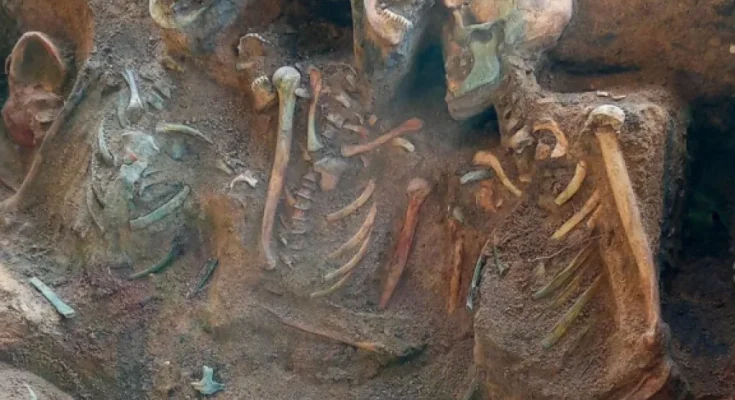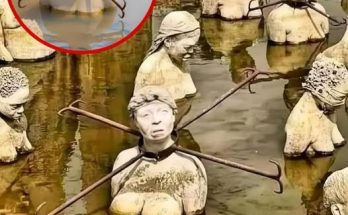Introduction: From World War II to Medieval Tragedy
In a routine excavation for a construction project in Nuremberg, archaeologists uncovered skeletal remains that initially seemed to be victims of the 1943 World War II bombings. However, after conducting radiocarbon testing, they discovered that these bones were much older—dating back to the 17th century. What was first thought to be a modern tragedy turned out to be a mass grave from the time of the Black Death and other deadly plagues that ravaged Europe.
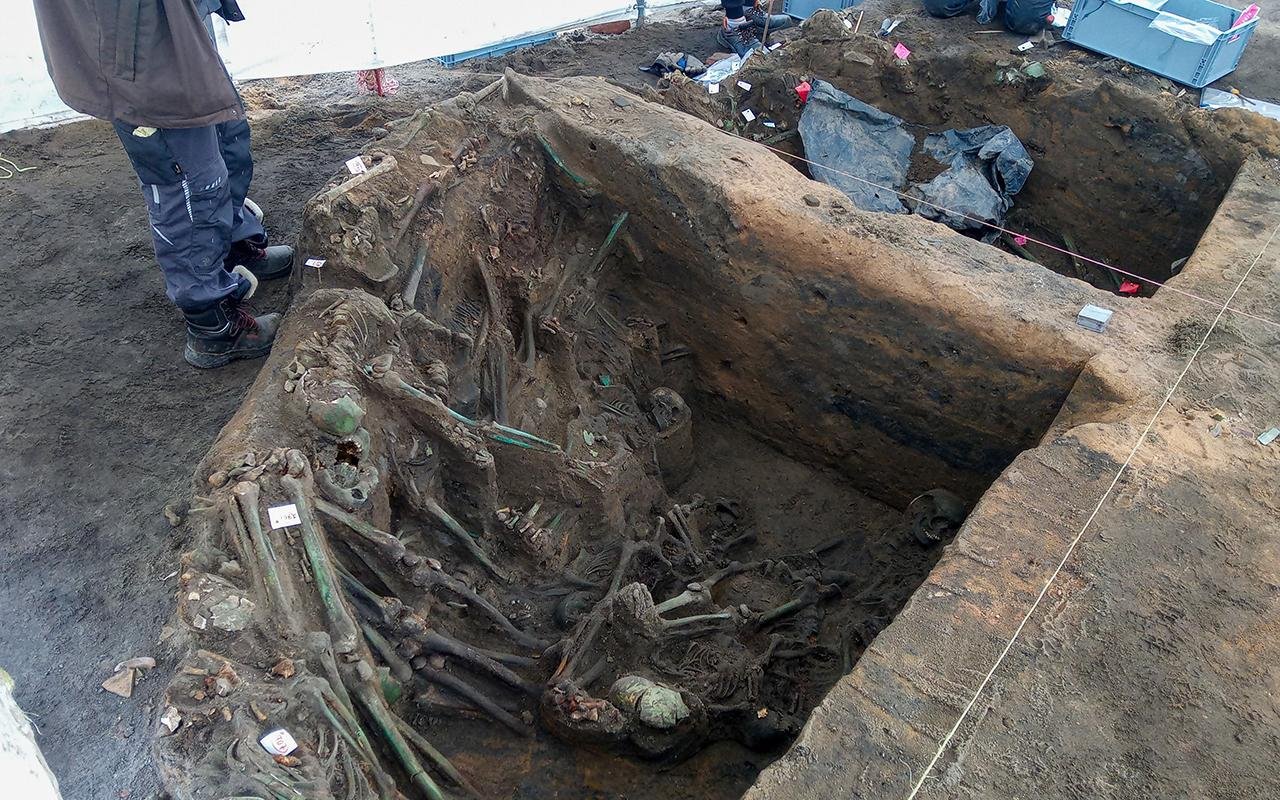
The Plague’s Grasp on Nuremberg
Nuremberg had suffered from several major outbreaks of the plague, particularly in the years 1533, 1563, and 1634. The mass graves uncovered likely correspond to the latter outbreak, which coincided with the Thirty Years’ War. These epidemics killed millions across Europe, and Nuremberg was no exception. The site contains hundreds of skeletal remains, some graves holding as many as 280 bodies, suggesting that the city was overwhelmed by deaths during this period.
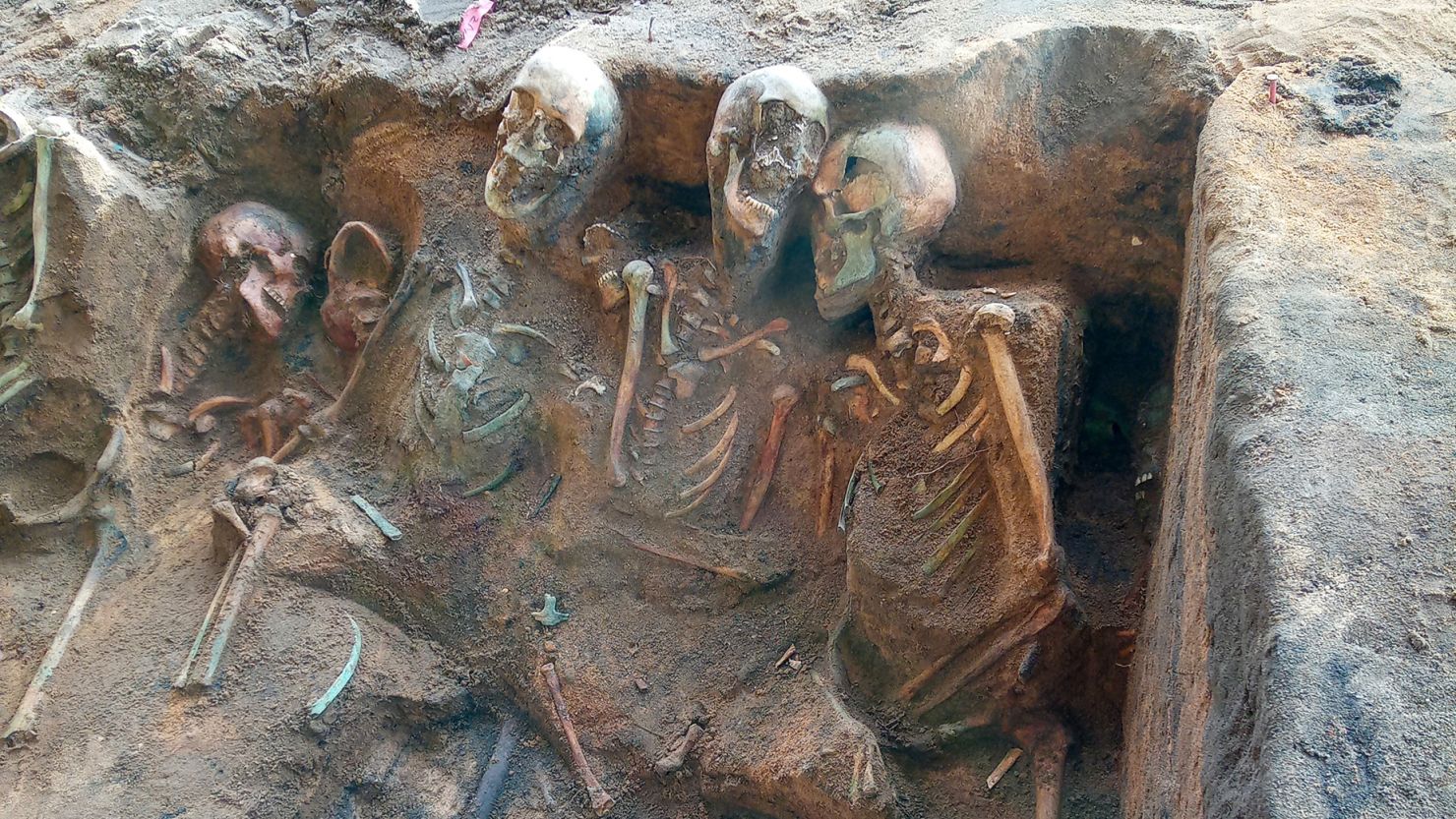
Artifacts of a Bygone Era
Among the skeletal remains, archaeologists uncovered coins and pottery, adding a chilling personal dimension to the discovery. These objects serve as a reminder that the individuals buried here were once part of a thriving community, now wiped out by disease. Despite damage caused by the World War II bombings, the remains are remarkably well-preserved, offering valuable insights into the health and lifestyles of people from the 17th century.
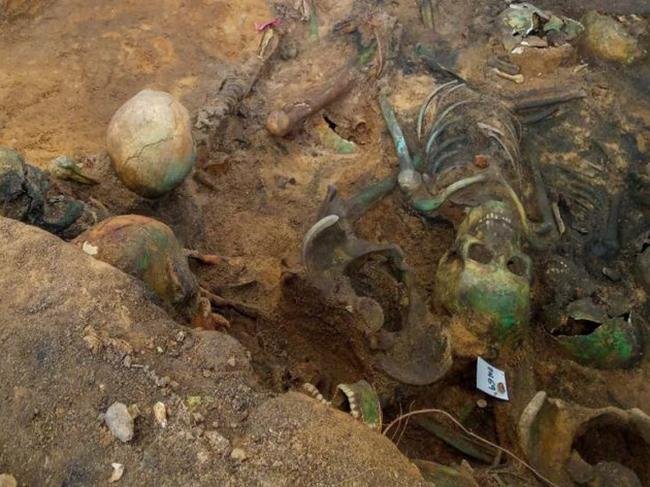
The Historical Intersection of Plague, War, and Resilience
The discovery highlights the tragic intersection of historical events. The Black Death and subsequent plague outbreaks caused widespread devastation, while the World War II bombing raids added a layer of destruction centuries later. Yet, the resilience of archaeology allows these forgotten stories to resurface. The skeletal remains offer modern researchers a unique opportunity to study the health, diet, and daily lives of individuals from a tumultuous period in European history.
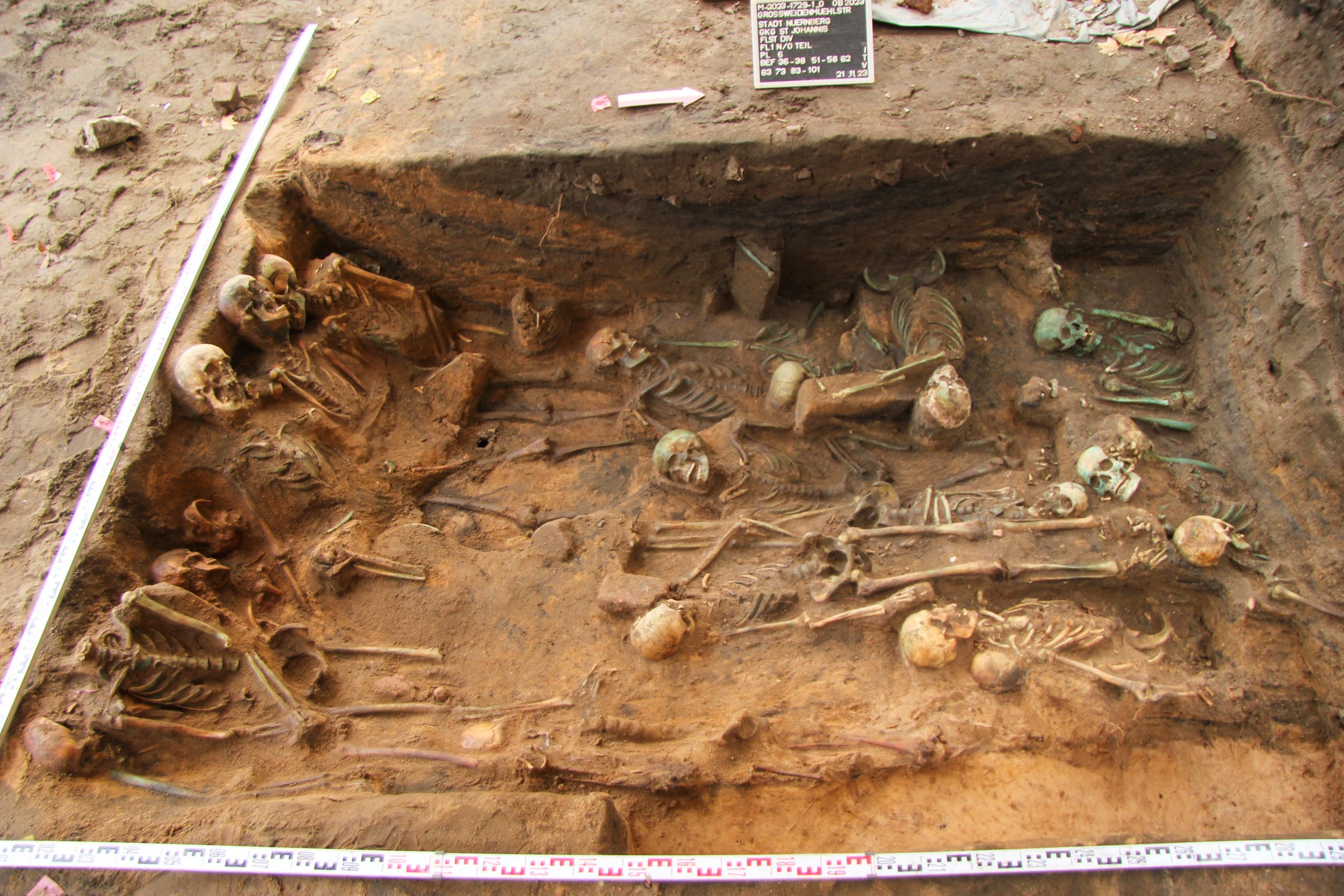
Future Insights and Conclusions
This mass grave site may also yield new insights into genetic conditions and diseases, potentially shedding light on the medical challenges of the time. The discovery of these 17th-century plague victims not only reveals the scale of the plague’s impact but also offers a powerful reminder of the challenges faced by past generations. Through modern archaeology, these long-buried individuals continue to teach us about the resilience of humanity in the face of disaster.

Video 👇👇👇
